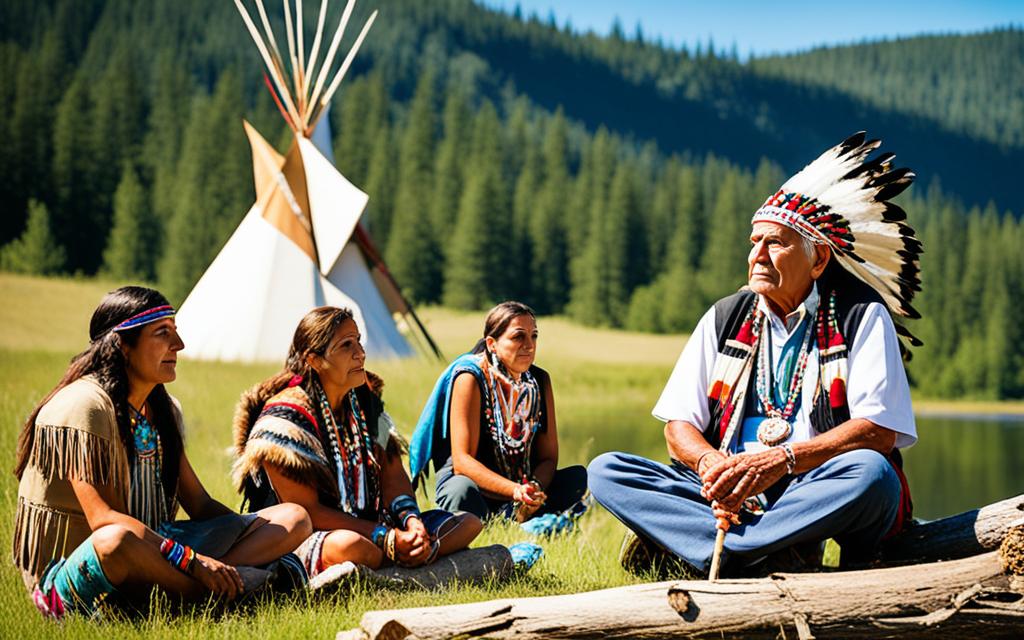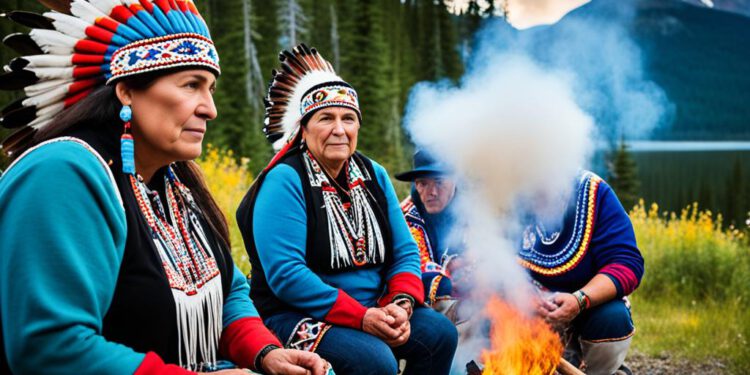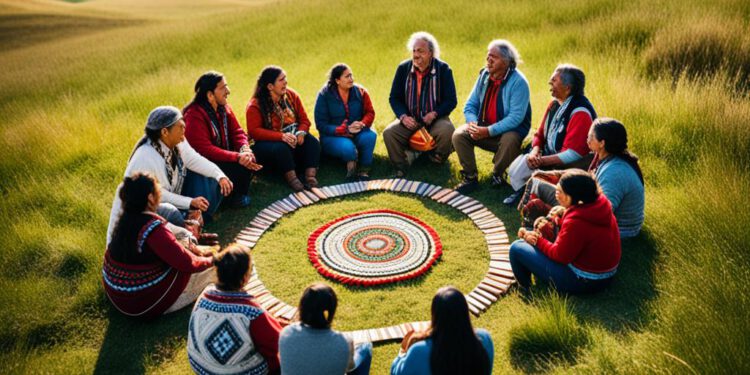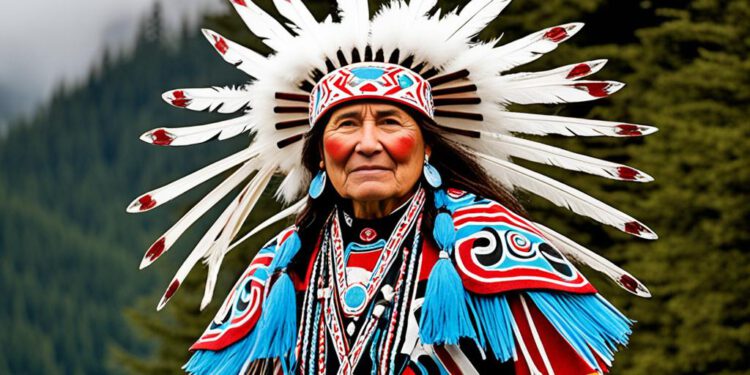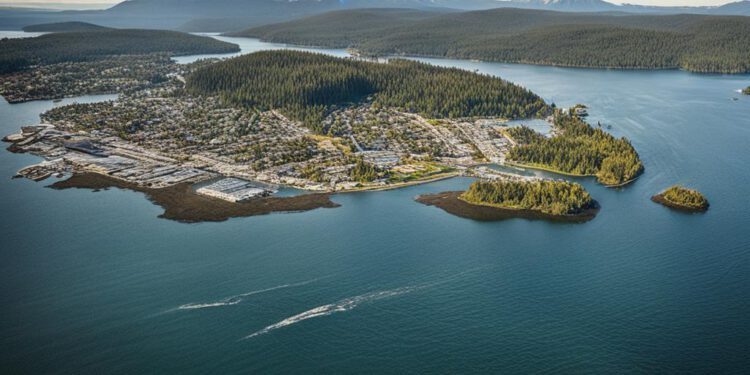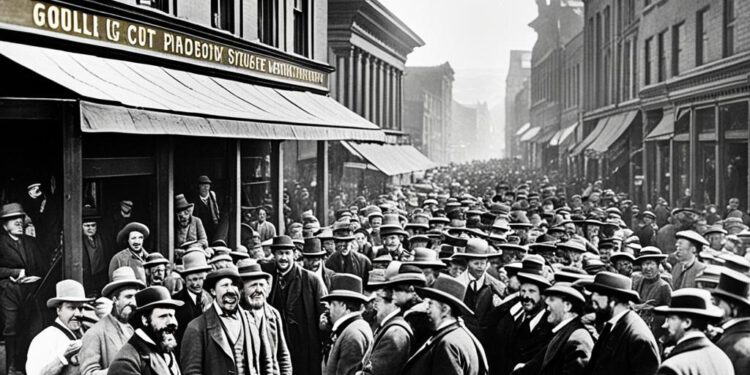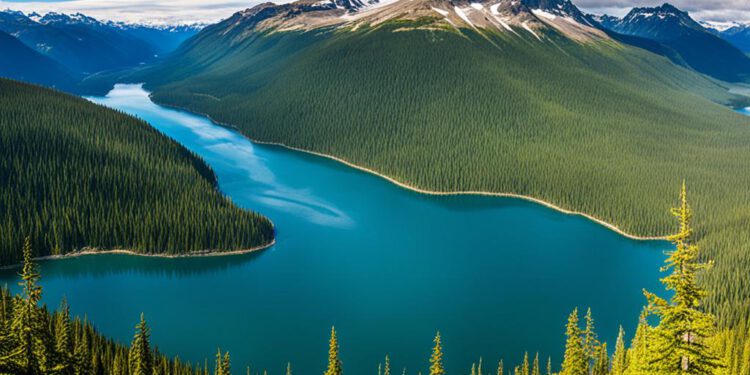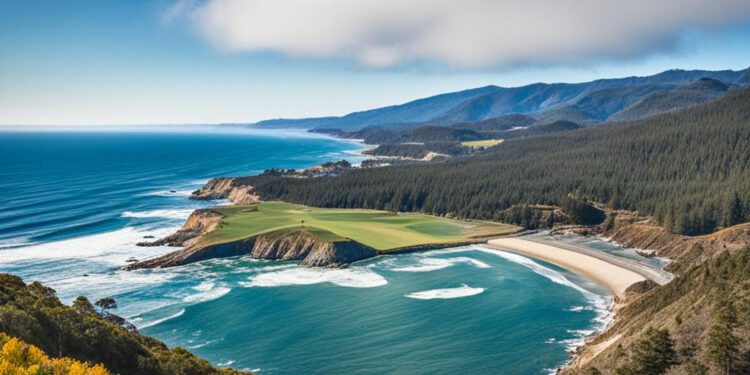Discover the captivating history and vibrant heritage of Native Indians in Canada. Immerse yourself in the diverse cultures, traditions, and customs that have shaped the nation’s Indigenous peoples for centuries. From the Inuit of the North to the Métis of the prairies, you’ll uncover the enduring presence and profound contributions of Canada’s First Nations communities.
Explore the intricate web of treaties, land rights, and cultural preservation that have defined the relationship between Native Indians and the Canadian government. Delve into the complex legacies of residential schools and the ongoing efforts towards reconciliation and healing. Celebrate the resilience and determination of these communities as they reclaim their languages, traditional practices, and governance structures.
Embark on a journey through the rich tapestry of Native Indian history in Canada, where you’ll witness the strength, adaptability, and unwavering spirit that have allowed these communities to persevere against the challenges of colonialism and forge a path towards a brighter, more inclusive future.
Uncovering the Rich Cultural Tapestry
Canada is home to a diverse array of Indigenous peoples, each with their own unique cultural heritage and traditions. From the First Nations to the Métis and Inuit, these groups have woven a vibrant tapestry that showcases the incredible diversity of Canada’s Indigenous communities.
Indigenous Peoples of Canada: Diversity and Unity
The First Nations, Métis, and Inuit communities in Canada have distinct histories, languages, and customs, yet they share a deep connection to the land and a commitment to preserving their cultural legacies. These Indigenous peoples have played a vital role in shaping the cultural fabric of the nation, and their contributions continue to enrich the lives of all Canadians.
Exploring the Vibrant Traditions and Customs
Each Indigenous group in Canada has a rich tradition of art, music, storytelling, and ceremonial practices that reflect their unique worldviews and connection to the land. From the intricate beadwork and intricate carvings of the First Nations to the vibrant sewing and weaving of the Inuit, these traditional practices are a testament to the resilience and creativity of Canada’s Indigenous peoples.
| Indigenous Group | Traditional Practices | Cultural Significance |
|---|---|---|
| First Nations | Storytelling, drumming, dance, beadwork | Preserving oral histories, connecting to the land, expressing cultural identity |
| Métis | Jigging, fiddle music, sash weaving | Celebrating the blending of Indigenous and European cultures, maintaining cultural traditions |
| Inuit | Carving, sewing, igloo building | Adapting to the Arctic environment, passing down practical and artistic skills |
By exploring the vibrant traditions and customs of Canada’s Indigenous peoples, we gain a deeper understanding and appreciation of the cultural richness that has shaped the nation. These traditions are not only a source of pride for Indigenous communities but also a powerful reminder of the enduring resilience and adaptability of these remarkable peoples.
Native Indians in Canada: A Historical Odyssey
The indigenous history of Canada is a rich tapestry woven with resilience, struggle, and the ongoing pursuit of justice. As you delve into the past, you’ll uncover the complex relationship between Native Indians and the colonial forces that have shaped their experience over the centuries.
Central to this historical odyssey are the many treaties and land rights battles that have defined the Native Indians’ fight for sovereignty and self-determination. From the early days of colonial expansion to the devastating impacts of the residential school system, the Native Indians have weathered a tumultuous journey, but their unwavering spirit and determination have never faltered.
As you explore this captivating narrative, you’ll gain a deeper understanding of the historical relationships that have both divided and united the diverse indigenous communities across Canada. This exploration is not merely a recounting of the past, but a call to action – to acknowledge the harm inflicted, to advocate for the restoration of indigenous rights, and to forge a path towards true reconciliation.
Navigating the Complexities of Treaties and Land Rights
One of the key aspects of the Native Indians’ historical odyssey has been the ongoing struggle for land rights and the negotiation of treaties. From the early colonial era to the present day, these legal agreements have been a double-edged sword, often failing to uphold the promises made to indigenous communities.
- The Royal Proclamation of 1763, which recognized indigenous land rights, has been a critical foundation for subsequent treaty negotiations.
- The Numbered Treaties, signed between 1871 and 1921, aimed to establish peaceful coexistence between the Crown and Native Indians, but their implementation has been marred by controversy and unmet obligations.
- The landmark Calder case in 1973 paved the way for the modern-day treaty process, acknowledging the inherent rights of indigenous peoples to their traditional lands.
Understanding the complex history of these treaties and land rights battles is essential to comprehending the ongoing challenges faced by Native Indians in Canada, as they continue to fight for the recognition and protection of their ancestral lands.
The Legacy of Residential Schools: A Painful Chapter
One of the most troubling aspects of the Native Indians’ historical odyssey is the legacy of the residential school system, a network of government-funded, church-run institutions that operated from the 19th to the late 20th century. These schools were designed to assimilate indigenous children into mainstream Canadian society, often through the suppression of their cultural identities and the infliction of physical, emotional, and sexual abuse.
The trauma and intergenerational effects of the residential school system have left a deep and lasting impact on the Native Indian communities, with ongoing efforts to address the harms and promote healing and reconciliation.
As you delve into the history of Native Indians in Canada, it is essential to acknowledge the pain and suffering caused by the residential school system and to support the ongoing work to heal the wounds of the past and build a more just and equitable future.
The Lasting Legacy of First Nations
As the original inhabitants of Canada, the First Nations have a rich and vibrant cultural heritage that continues to shape the country’s identity. Their enduring legacy is evident in the preservation of Indigenous languages, the reclamation of traditional practices, and the resurgence of Indigenous governance systems.
Preserving Indigenous Languages and Wisdom
The First Nations have made significant strides in preserving their ancestral languages, which are vital to the transmission of traditional knowledge and cultural practices. Through language immersion programs, community-led initiatives, and educational partnerships, many Indigenous communities are working to revitalize their languages and ensure that this invaluable wisdom is passed down to future generations.
Reclaiming Traditional Practices and Governance
Across Canada, First Nations are reclaiming their traditional practices and systems of governance, reconnecting with their cultural roots and asserting their right to self-determination. From the resurgence of traditional ceremonies and land-based activities to the revitalization of Indigenous decision-making structures, these efforts are crucial for the preservation and celebration of First Nations’ cultural heritage.
The First Nations’ unwavering commitment to cultural preservation and revitalization serves as a testament to their resilience and the enduring spirit of their people. As Canada continues to grapple with its complex history, the lasting legacy of the First Nations stands as a powerful reminder of the importance of recognizing and celebrating the diverse cultural tapestry that makes this country truly unique.
- The First Nations have made significant efforts to preserve their ancestral languages and traditional practices.
- Language immersion programs, community-led initiatives, and educational partnerships are revitalizing Indigenous languages and wisdom.
- First Nations are reclaiming their traditional governance systems and asserting their right to self-determination.
- The cultural preservation and revitalization efforts of the First Nations serve as a testament to their resilience and the enduring spirit of their people.
Pathways to Reconciliation and Healing
The reconciliation process between Indigenous communities and the Canadian government is a crucial step in addressing the lasting impacts of the residential school system. This dark chapter in Canadian history has left deep scars, and the journey towards healing and understanding is ongoing.
Addressing the Impact of Residential Schools
Residential schools were government-funded, church-run institutions that operated across Canada for over a century, with the goal of forcibly assimilating Indigenous children into the dominant culture. The consequences of this policy have been devastating, with many survivors reporting trauma, abuse, and a loss of cultural identity.
Today, the Canadian government and Indigenous leaders are working together to acknowledge the harms inflicted and pave the way for reconciliation. This includes:
- Formal apologies and acknowledgements of wrongdoing
- The establishment of the Truth and Reconciliation Commission to document the history and impact of residential schools
- The creation of the National Centre for Truth and Reconciliation to preserve the stories and legacy of residential school survivors
- Efforts to revitalize Indigenous languages, traditions, and cultural practices
By addressing the colonial legacy and its impact on Indigenous communities, the reconciliation process seeks to heal wounds, build understanding, and create a more just and inclusive future for all Canadians.
Indigenous Activism and Advocacy
The Indigenous communities of Canada have long been at the forefront of activism and advocacy, tirelessly championing their land rights and preserving their rich cultural heritage. These resilient groups have made invaluable contributions to social, environmental, and political spheres, ensuring their voices are heard and their unique perspectives are recognized.
Championing Land Rights and Cultural Heritage
For generations, the First Nations, Inuit, and Métis peoples have fought to reclaim and protect their ancestral lands, which are intrinsically tied to their cultural identity and traditional way of life. Through grassroots movements and legal challenges, they have secured hard-won victories in asserting their right to self-determination and safeguarding the land they have stewarded for centuries.
Alongside the fight for land rights, Indigenous activists have also been instrumental in preserving and revitalizing their cultural heritage. From preserving endangered languages to reviving traditional practices and governance structures, their unwavering efforts have ensured that the rich tapestry of Indigenous knowledge and wisdom continues to be passed down to future generations.

